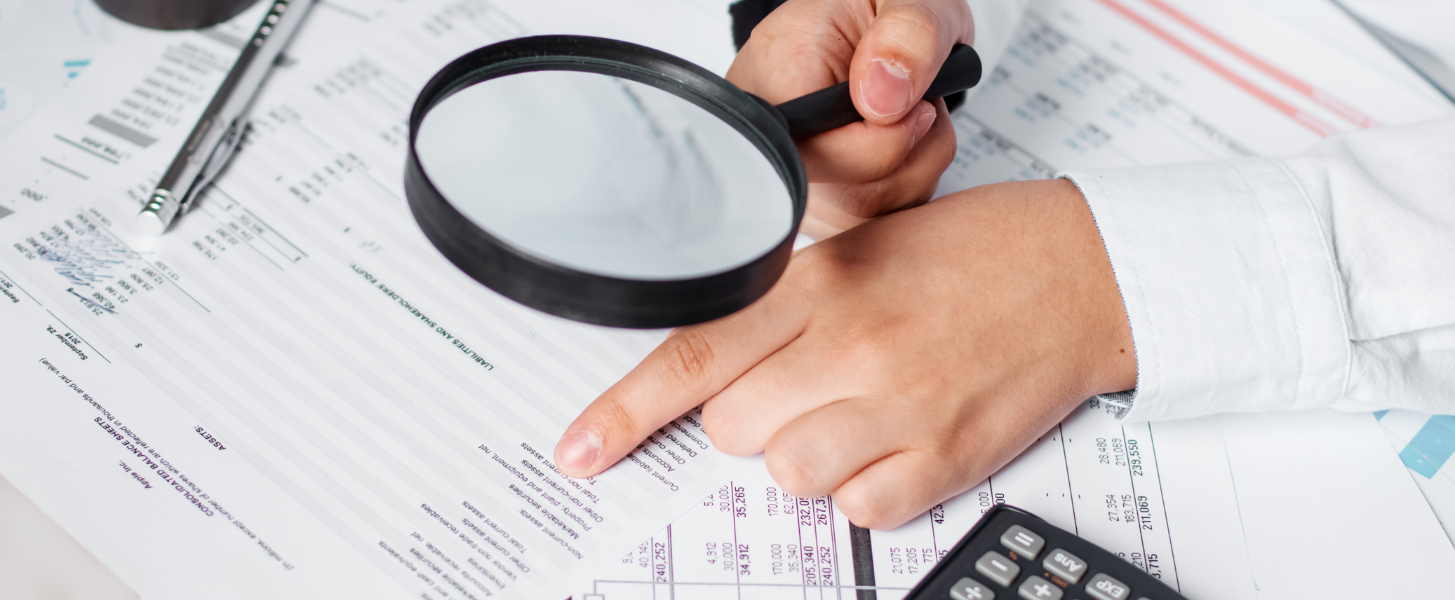CAM, commonly known as Common Area Maintenance, refers to the costs associated with the maintenance, repair, and operation of shared areas within a property that are utilized by all tenants. These areas typically include lobbies, hallways, parking lots, elevators, landscaping, and other communal spaces. CAM expenses are typically divided among tenants based on their proportionate share of the total leasable space within the property.
Importance of Effective CAM Planning
Effective CAM planning is crucial for several reasons. Firstly, it ensures the proper upkeep and functionality of common areas, creating a pleasant and safe environment for tenants and visitors. A well-maintained property enhances its overall appeal, leading to higher tenant satisfaction and retention rates. Additionally, proactive maintenance helps prevent costly repairs and prolongs the lifespan of property assets, ultimately preserving the property’s long-term value.
Furthermore, CAM planning plays a vital role in financial management. By accurately budgeting for maintenance expenses and allocating costs fairly among tenants, property owners can maintain stable operating budgets and avoid financial strain. Transparent CAM planning also fosters trust and collaboration between landlords and tenants, minimizing disputes and promoting positive landlord-tenant relationships.
Understanding CAM Planning
Common Area Maintenance (CAM) planning is the cornerstone of effective property management, ensuring the smooth operation and upkeep of shared spaces within a property. Let’s explore its key components, emphasizing the importance of clear communication and transparency, and addressing essential legal considerations and regulations.
A. Key Components of CAM Planning:
- Budgeting: One of the primary components of CAM planning is budgeting for maintenance expenses. This involves forecasting costs for routine maintenance, repairs, and capital improvements to common areas. A thorough understanding of historical data, current market trends, and future needs is essential for accurate budgeting.
- Cost Allocation: CAM planning involves determining how maintenance costs will be allocated among tenants. This often requires calculating each tenant’s proportionate share of common area expenses based on factors such as leased square footage or usage.
- Maintenance Schedule: Establishing a regular maintenance schedule is critical for preserving the functionality and appearance of common areas. This may include tasks such as cleaning, landscaping, HVAC servicing, and pest control.
B. Importance of Clear Communication and Transparency
- Effective communication and transparency are essential for successful CAM planning. Property owners/managers must maintain open lines of communication with tenants regarding maintenance schedules, upcoming projects, and associated costs. Clear and transparent communication helps build trust and fosters positive relationships between landlords and tenants.
- Transparency in CAM planning involves providing tenants with detailed breakdowns of maintenance expenses and ensuring that costs are allocated fairly and accurately. Tenants should have access to relevant information and be given the opportunity to voice concerns or ask questions about CAM expenses.
C. Legal Considerations and Regulations
- CAM planning is subject to various legal considerations and regulations, which vary depending on local laws and lease agreements. Property owners/managers must adhere to lease terms regarding CAM expenses and ensure compliance with applicable laws and regulations.
- Lease agreements typically outline the rights and responsibilities of both landlords and tenants regarding CAM expenses, including cost-sharing arrangements, allowable expenses, and dispute resolution mechanisms. Property owners/managers must carefully review lease agreements and consult legal experts to ensure compliance with relevant laws and regulations.
Additionally, property owners/managers must stay informed about changes to CAM-related laws and regulations that may impact their operations. This may include updates to local building codes, environmental regulations, or industry standards.
CAM planning is a multifaceted process that requires careful consideration of key components, clear communication, and adherence to legal considerations and regulations. By understanding these aspects of CAM planning, property owners/managers can effectively manage common areas, enhance tenant satisfaction, and ensure compliance with legal requirements.
Maximizing ROI through CAM Planning
Common Area Maintenance (CAM) planning plays a pivotal role in maximizing ROI by optimizing maintenance expenses and enhancing the overall value of a property. Let’s explore key strategies for maximizing ROI through CAM planning, including identifying cost-saving opportunities, negotiating favorable terms with vendors and contractors, and implementing sustainable practices to reduce long-term costs.
A. Identifying Cost-Saving Opportunities:
- Conducting Cost Analysis: The first step in identifying cost-saving opportunities is to conduct a comprehensive analysis of current CAM expenses. This involves reviewing historical data, benchmarking against industry standards, and identifying areas of inefficiency or overspending.
- Prioritizing Maintenance Needs: Not all maintenance activities are created equal. By prioritizing maintenance needs based on their impact on tenant satisfaction and property value, property owners/managers can focus resources on high-priority areas while minimizing unnecessary expenses.
- Implementing Preventive Maintenance: Proactive maintenance practices, such as regular inspections and preventive repairs, can help identify and address issues before they escalate into costly repairs. Investing in preventive maintenance not only reduces maintenance costs but also prolongs the lifespan of property assets.
B. Negotiating Favorable Terms with Vendors and Contractors:
- Competitive Bidding: When selecting vendors and contractors for maintenance services, property owners/managers should solicit bids from multiple providers to ensure competitive pricing. Comparing bids allows property owners/managers to negotiate favorable terms and secure the best value for their money.
- Establishing Long-Term Relationships: Building strong relationships with vendors and contractors can lead to preferential pricing and discounts. By fostering mutually beneficial partnerships, property owners/managers can negotiate better terms and access additional cost-saving opportunities.
- Performance-Based Contracts: Implementing performance-based contracts incentivizes vendors and contractors to deliver high-quality services at competitive prices. By tying compensation to performance metrics, property owners/managers can ensure accountability and encourage continuous improvement.
C. Implementing Sustainable Practices to Reduce Long-Term Costs:
- Energy Efficiency Upgrades: Investing in energy-efficient technologies and upgrades, such as LED lighting and HVAC systems, can significantly reduce utility expenses over time. These upgrades not only lower operating costs but also enhance the sustainability and marketability of the property.
- Water Conservation Measures: Implementing water-saving measures, such as installing low-flow fixtures and implementing irrigation controls, can lead to substantial savings on water bills. Additionally, reducing water consumption helps conserve natural resources and minimize environmental impact.
- Waste Management Strategies: Adopting waste reduction and recycling initiatives can help minimize waste disposal costs and promote environmental stewardship. Property owners/managers can explore opportunities to reduce waste generation, recycle materials, and implement composting programs.
Common Area Maintenance (CAM) planning serves as a powerful tool for achieving tenant satisfaction by creating a well-maintained environment, soliciting feedback, offering value-added services, and implementing best practices. Let’s explore how effective CAM planning can elevate tenant satisfaction, outline best practices for success, and address common challenges with practical solutions.
Enhancing Tenant Satisfaction
- Creating a Positive and Well-Maintained Environment: A well-maintained environment is the cornerstone of tenant satisfaction. Property owners/managers must prioritize cleanliness, safety, and functionality in common areas to create a positive living or working environment. Regular maintenance, landscaping, and aesthetic improvements contribute to a welcoming atmosphere that tenants can take pride in.
- Soliciting Feedback and Addressing Tenant Concerns: Open communication channels are essential for addressing tenant concerns and fostering a sense of community. Property owners/managers should actively solicit feedback through surveys, suggestion boxes, or community meetings, and promptly address any issues or concerns raised by tenants. Proactively addressing tenant needs demonstrates a commitment to their satisfaction and strengthens the landlord-tenant relationship.
- Offering Value-Added Services and Amenities: Value-added services and amenities enhance the tenant experience and differentiate a property from its competitors. Whether it’s providing concierge services, fitness facilities, or social events, offering amenities that cater to tenants’ needs and preferences can increase satisfaction and retention rates. Additionally, value-added services can justify higher rents and attract quality tenants.
Best Practices for Effective CAM Planning
- Establishing Clear Objectives and Goals: Clear objectives and goals provide direction and focus for CAM planning efforts. Property owners/managers should define measurable goals, such as improving tenant satisfaction ratings or reducing maintenance costs, and develop strategies to achieve them. Regularly reviewing progress against objectives allows for course correction and continuous improvement.
- Developing a Comprehensive Budget and Timeline: A comprehensive budget and timeline are essential for effective CAM planning. Property owners/managers should carefully forecast maintenance expenses, allocate resources accordingly, and establish realistic timelines for project completion. Regular monitoring and adjustments to the budget and timeline ensure that CAM activities stay on track and within budget.
- Collaborating with Stakeholders and Property Management Teams: CAM planning involves collaboration between various stakeholders, including property owners, tenants, vendors, and property management teams. Effective communication and collaboration facilitate shared decision-making, resource allocation, and problem-solving. By leveraging the expertise and input of all stakeholders, property owners/managers can achieve better outcomes and foster a sense of ownership and accountability.
- Utilizing Technology for Streamlined Processes and Reporting: Technology plays a vital role in streamlining CAM planning processes and improving efficiency. Property management software, maintenance management systems, and digital reporting tools can automate tasks, track expenses, and provide real-time insights into property performance. By embracing technology, property owners/managers can optimize CAM operations and make data-driven decisions.
Challenges and Solutions
- Common Challenges in CAM Planning: Common challenges in CAM planning include budget constraints, maintenance backlogs, and tenant disputes over CAM expenses. Property owners/managers must also navigate regulatory compliance and keep pace with evolving industry standards and best practices.
- Strategies for Overcoming Obstacles and Setbacks: To overcome challenges in CAM planning, property owners/managers should prioritize proactive maintenance, seek cost-saving opportunities, and foster open communication with tenants. Building strong relationships with vendors and contractors and staying informed about legal and regulatory changes are also essential for success.
- Importance of Adaptability and Flexibility: Adaptability and flexibility are key to navigating unforeseen challenges and changing market conditions. Property owners/managers must be willing to adjust their CAM strategies, budgets, and timelines as needed to accommodate shifting priorities and emerging trends. Embracing a mindset of continuous improvement and innovation ensures resilience and long-term success in CAM planning.
In conclusion, effective CAM planning is instrumental in maximizing ROI and tenant satisfaction in property management. By prioritizing maintenance, optimizing expenses, and enhancing the tenant experience, property owners/managers can create a win-win situation for all stakeholders involved. A well-maintained environment not only attracts and retains tenants but also preserves the long-term value of the property. Moreover, by embracing a proactive approach to CAM planning and fostering collaboration and transparency, property owners/managers can build trust, mitigate risks, and position their properties for success in the competitive real estate market.
In essence, effective CAM planning is not just about managing maintenance expenses; it’s about driving success, creating value, and delivering exceptional experiences for tenants. By embracing the principles of effective CAM planning and committing to ongoing evaluation and adaptation, property owners/managers can unlock the full potential of their properties and achieve sustainable growth and prosperity.





